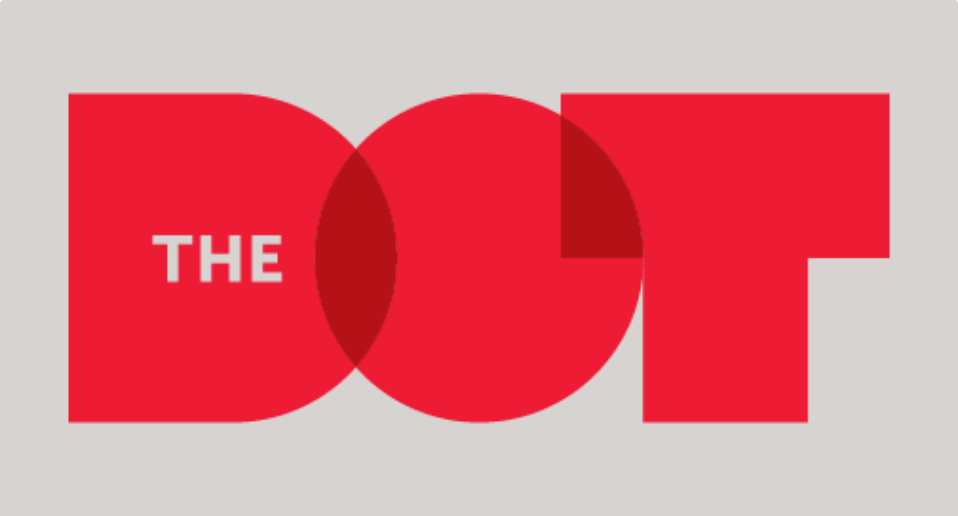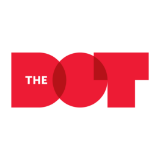How to avoid ham hocks with chocolate fondue

| Red Dot | Public Relations + Content Marketing | Strategy + Planning
A guide to working with multiple agencies successfully
Imagine four chefs cooking in the same pot simultaneously, but each working from their own recipe, not speaking to each other and having different desired outcomes for the dish. A lot of hands in the pot isn’t always a bad thing, but it definitely can be if the right hand doesn’t know what the left is doing.
Across the spEGGtrum
I’ve worked with clients representing a pretty wide spectrum of philosophies on how to engage agency partners. Some have the I-don’t-want-all-my-eggs-in-one-basket mentality, while others have the this-basket-is-the-best-so-all-my-eggs-are-going-here philosophy.
Neither is right or wrong, and in many cases, it makes a lot of sense to hire separate firms with different specialties. Whether that approach is successful or not really depends on one thing — alignment.
This is particularly crucial when multiple stakeholders own different parts of the same integrated campaigns. Here are a few examples that illustrate the good, the bad and the ugly of inter-agency collaboration (in the form of cooking-related references).
THE GOOD: clear expectations and common goals
This is your five-course meal of perfectly paired dishes, each cooked by different chefs who closely collaborated and agreed upon the menu up front. Here are some of the crucial ingredients to this approach (in marketing, that is).
- A comprehensive plan: This plan should include business objectives, the marketing objectives that ladder up to each and the strategies and tactics that ladder up to each of those. All stakeholders are in agreement with this plan. This becomes your master menu for all contributing chefs, so everyone is working toward common goals.
- Clear roles and responsibilities: Each agency and internal stakeholder on the client’s marketing team should have super-clear marching orders in terms of who will be responsible for what in the plan. The devil is in the details here. For instance, if one agency is responsible for programmatic and trade media advertising and another agency is in charge of paid social and another is in charge of the website/landing pages — who is in charge of the guiding light for the campaign as a whole? The guiding light should be an overarching paid media strategy, an overarching calendar with clear messaging and creative guidance for all paid activity through the course of the year, along with clear goals for what we want users to do once they arrive at the landing page. Is it a form fill? What do they receive when they fill the form? An email nurture? Is the email follow-up journey consistent in messaging and creative with what the user saw on the landing page, on social and in digital ads? As much as it’s important to identify who’s responsible for each element, it’s even more important to define who is in charge of the guiding light to ensure a cohesive user experience.
- Alignment along the way: In addition to the overarching plan, there will certainly be a need for detailed supplemental plans (e.g., post-by-post paid social calendar, email follow-up journey plans, etc.). Those supplemental plans may be managed by different parties, so it’s essential to have a regular cadence of meetings and check-ins along the way with all contributors to ensure consistency, but also to ensure everyone is aware of timelines and deliverables, since there are so many dependencies between agencies on an integrated campaign (e.g., an ad can’t go live until the website form and email follow-up journeys are live and have gone through QA).
- Clearly defined KPIs: Each contributor should be responsible for setting the KPIs associated with their element of the campaign – but heavy collaboration is required. For instance, the agency in charge of programmatic and trade media advertising should know expected impressions and the goal CTR of their ads to arrive at expected number of clicks. The agency in charge of paid social, should know the same. Adding the total number of clicks together, these two agencies need to collaborate with the ones in charge of the website to determine a goal for actual measurable sessions. Factoring in the expected bounce rate, as well as the impact to measurable traffic due to the percentage of users who opt out of the website’s cookie consent, you can then set goals on total number of measurable sessions, pages per session, session duration, etc. More importantly, you’ll need to determine expected conversion rate on the website (number of form fills divided by number of sessions) to get to a KPI for the expected number of leads generated. Assuming lead generation is a goal of the campaign, this is what the client will care about most — ”how many leads will we get?” Hopefully this example illustrates how much collaboration is required to get to an accurate estimate for that.
- Team-wide visibility to performance: Once KPIs are set and agreed upon, a shared metrics dashboard should be set up, so that all contributing parties have visibility into performance and can make optimization decisions quickly (and collectively as a team). This can easily be done by feeding in metrics from multiple sources into tools like Google Data Studio or Tableau (among many others). Or, at minimum, a shared deck should be generated by multiple contributors to paint a comprehensive picture of campaign performance and discussed with the client on a regular basis.
THE BAD: nobody talks to each other
This is your hodge-podge of unrelated dinner items — spaghetti with tacos, a side of au jus and a ham hock with chocolate fondue. Each item itself is fine and good. Together, they don’t work. Here are some of the side effects of cooking this strange concoction.
- Tactics with no known goals: Everyone is just willy-nilly making stuff without it laddering up to an objective the client wants to achieve. Who’s to say whether what you’re doing is successful or not? We don’t even know why we’re doing it.
- Bad user experience: Have you ever clicked an ad or a social link, only to get to a landing page that felt totally disconnected and didn’t provide you with what you were expecting? That’s the classic spaghetti taco situation.
- Inability to optimize: Without shared goals, KPIs and metrics, we’re just setting and forgetting. We’re not learning anything, and we’re certainly not improving.
THE UGLY: a cut-throat free-for-all
This is your Hell’s Kitchen. Nobody is identified as the leader, so everyone is trying to outdo each other on the same dish. You wind up getting served five slightly different pork butts for dinner (perhaps that’s attractive to some of you).
It’s not totally uncommon for agencies to be pitted against each other, which for something like an RFP response, is appropriate. But for agencies that are meant to work together long-term (and in the best interest of the client), it’s unhealthy. This may at first seem like it will bring out the “A game” from each agency, but ultimately, it just encourages siloes and secrecy — generally resulting in competition that isn’t in the best interest of the client’s strategy or budget.
LET’S GET COOKING
Whatever role you’d like Red Dot to play, we’ll do so in a highly collaborative way — whether that means as the lead strategy agency or as a contributor to a particular element such as content, creative, paid media, PR or social. That’s what we mean when we say we aim to “connect the dots.”



